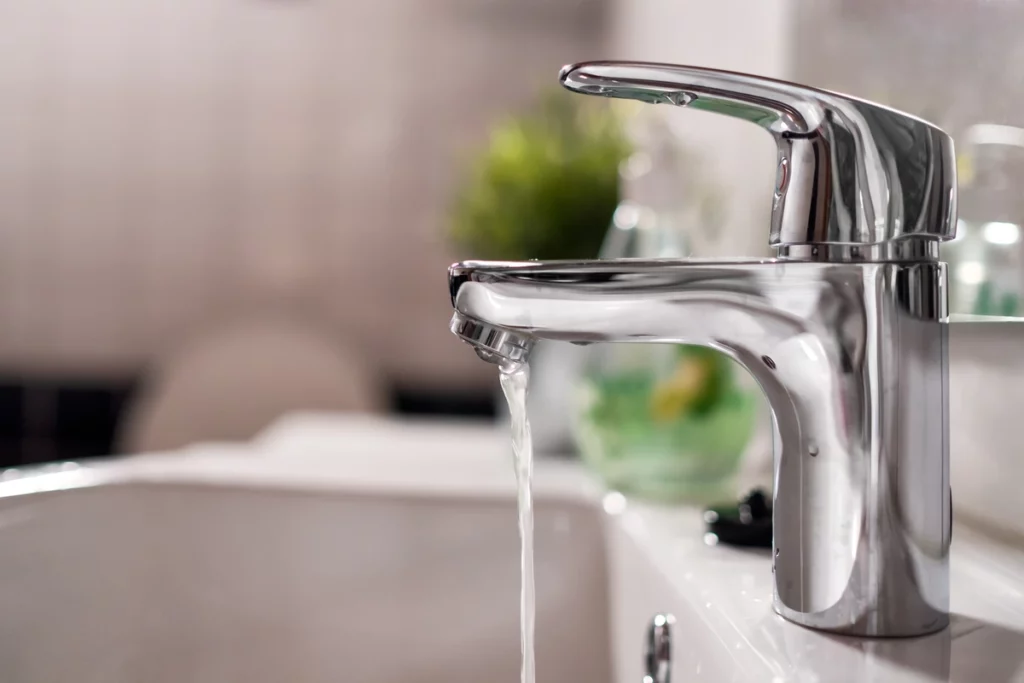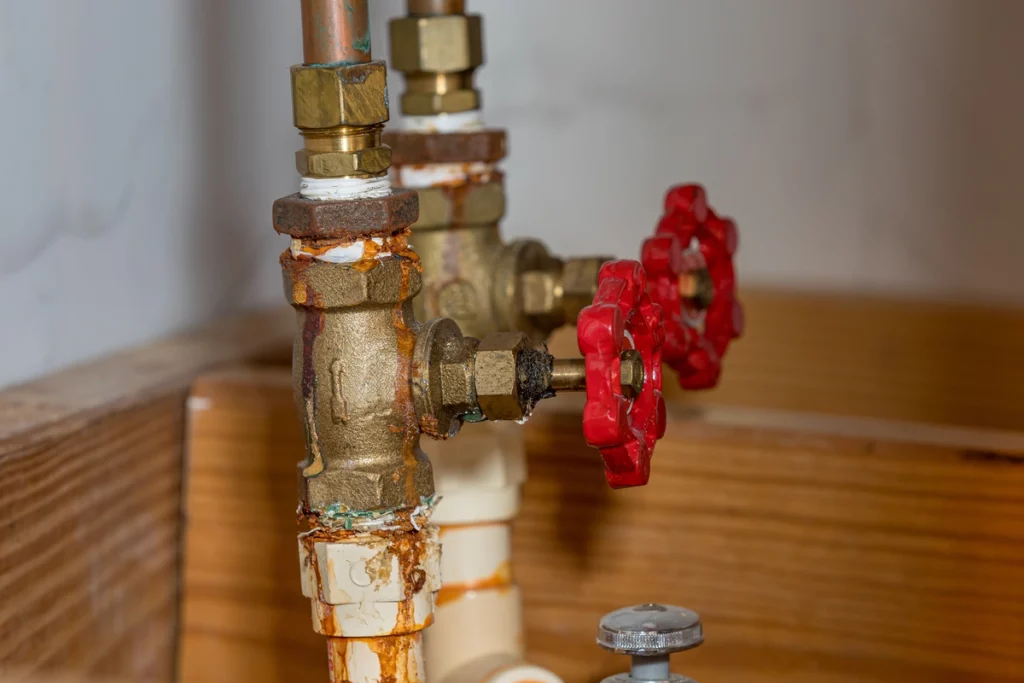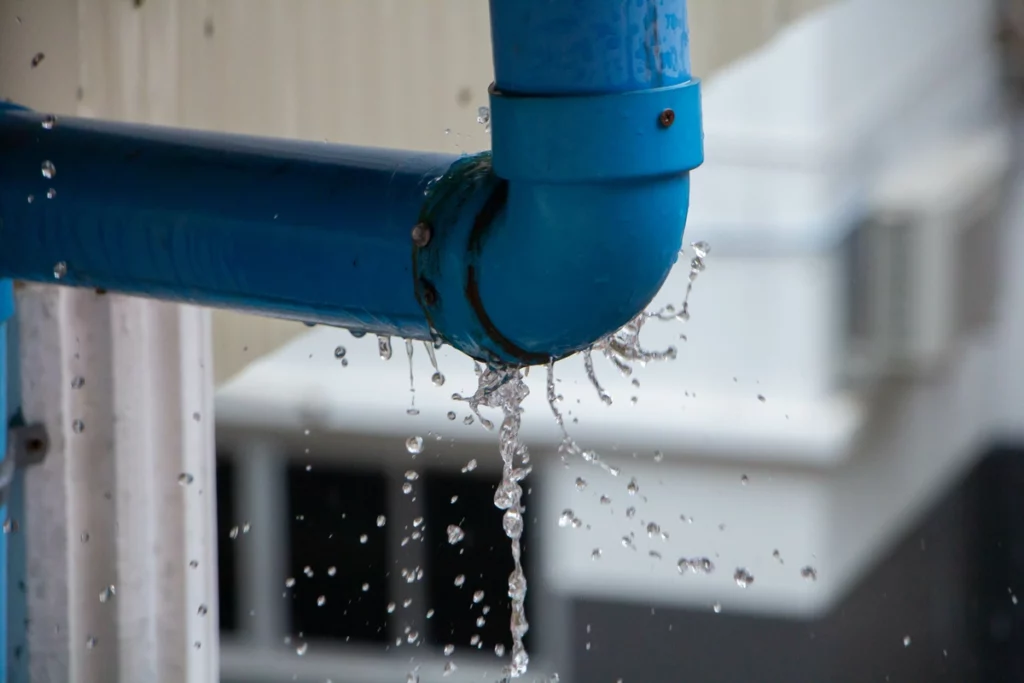Do you know what are common plumbing problems and how to diagnose them? As a plumber, having this knowledge can help you effectively solve any issues that may arise. But, even if you’re not in the plumbing industry, understanding basic plumbing problems and what causes them can be beneficial to you. Knowing how to properly diagnose these issues will save you both time and money in the long run – helping make your job much easier!
In this blog post, we’ll go over 13 of the most common plumbing problems as well as ways to troubleshoot/diagnose them quickly and accurately. So, if you want to deepen your expertise in periodic plumbing maintenance and repairs, read on!
1. Clogged Drains and Toilets
Clogged drains and toilets are annoying, but they can usually be fixed with simple steps. However, before diagnosing the cause of your clog, it’s essential to understand what causes them in the first place.
Common Causes of Clogged Drains and Toilets
Clogs can be caused by foreign objects like food particles, hair, soap scum, and toys getting stuck in the drain or toilet. In addition, low water pressure can cause clogs by causing debris buildup in pipes.
Pipe corrosion or age can lead to a gradual buildup of materials, resulting in clogged drains or toilets.
How to Diagnose a Clogged Drain or Toilet
To identify and fix clogged drains or toilets, a plunger is often the go-to solution. If this doesn’t do the trick, consider investing in a drill that is specially designed to tackle stubborn blockages – otherwise known as your friendly ‘drain snake’. For tougher cases requiring more expertise though it might be time to call in professional help!
2. Leaky Pipes and Faucets

A leaky pipe or faucet is leaking water, either from a damaged seal or a broken part. Leaky pipes and faucets can be annoying and costly, but they can usually be repaired with the right tools and techniques.
Common Causes of Leaky Pipes and Faucets
While you might think that a drip here and there is no big deal, if left unchecked the damage can quickly add up. So, what are some of the most common causes of watery woes? Worn seals or gaskets from regular use, corrosion leading to cracking in pipes, plus frozen temperatures putting vulnerable pressure on joints – these culprits could all be behind your leaky faucet!
How to Diagnose a Leaky Pipe or Faucet
If you’re dealing with frustrating plumbing issues such as a leaky pipe or faucet, there is hope! Start by inspecting each component for cracks, rust spots, and degraded seals: replacing them could solve your problem.
Make sure any exposed pipes are insulated during colder weather to prevent freezing damage- otherwise it may require professional help from an experienced plumber. Regardless of the issue at hand, never fear – solving leaks has become easier than ever before!
3. Broken Water Heaters
A broken water heater is a common problem in homes that can lead to costly repairs and replacements. As a homeowner, you want to have your water heater break down.
Common Causes of Water Heater Breakdowns
Water heater breakdowns are a common issue, but why do they happen? It could be due to sediment deposits or corrosion building up on the inside of the tank. They can also occur from improper installation and inadequate maintenance. Remember – when it comes to water heaters, an ounce of prevention is worth more than a pound of cure!
How To Diagnose a Broken Water Heater
Don’t sweat it if your water heater is on the fritz – there are several things you can do to diagnose what could be causing the issue. Start by checking all your electrical connections and ensuring they’re tight and secure. If that looks good, look at any visible cracks in pipes or tanks, as this may indicate some wear over time.
4. Low Water Pressure

Do you ever wonder why your home’s water pressure is so low? Well, various causes could be attributed to this issue, but figuring out what’s causing the problem can be difficult.
Common Causes of Low Water Pressure
Low water pressure can be a frustrating issue, often caused by simple build-up in your pipes. As sediment and corrosion accumulate over time, they can lead to blockages that reduce the speed of natural flow through your plumbing system. Additionally, faulty seals or other components may also prevent proper delivery which could explain why you’re not getting enough H2O!
How To Diagnose Low Water Pressure
Diagnosing low water pressure can be simple. Start by checking all connected taps and inspecting for any visible signs of damage around the supply line – from cracks to an inadequate size that restricts flow when turned on!
Also, check out piping throughout the area for leaks or other issues that may lead to poor performance. With these steps, you’ll soon have plenty of flowing power again!
5. Sewer Line Backups and Blockages
Sewer line backups and blockages can be a major problem for homeowners. A sewer line backup occurs when waste and debris build up in the pipes leading to your home, causing clogs that can eventually lead to complete blockage.
Common Causes of Sewer Line Backups and Blockages
Sewer line issues usually result from 2 main causes: improper disposal of waste and tree root growth. Improper disposals such as flushing items down toilets that shouldn’t be there can lead to a buildup in your pipes over time, while nearby trees may send roots into the lines looking for moisture which will further complicate matters when combined with other solid matter like wipes or paper towels used daily. Take steps now to prevent sewer backups!
How To Diagnose Sewer Line Blockages
There are some easy preliminary checks you can conduct before calling a professional plumber. Visually examine outdoor connections and pipe installations for any signs of damage or leftover debris from maintenance that may be causing issues with the flow. Additionally, check new pipes to make sure they have sealed properly as time could cause breakdowns down the line (pun intended).
6. Pipe Corrosion and Rusting

Pipe corrosion and rusting can be serious issues for homeowners. Corrosion is the wearing away of metal piping caused by chemical or electrochemical reactions with the surrounding environment while rusting is the formation of iron oxide due to oxidation.
Common Causes of Pipe Corrosion and Rusting
Corrosive and rusting pipes can be a problem for any structure, but they don’t have to plague you! Knowing the common causes of pipe corrosion is your first line of defense. It could be due to air or water molecules interacting with metal piping, salt from an ocean breeze nearby, or fertilized soil near plants. Furthermore, certain materials may react faster than others leading you increased chances – so make sure you know what type of material your pipes are made of before installation to best protect against these problems down the road.
How To Diagnose Pipe Corrosion and Rust
Inspect all visible piping throughout the house, looking for signs of tarnishing on outer surfaces that could indicate inner layer corrosion. Test levels with a magnet too; low stickiness might suggest existing rust buildup requiring immediate replacements! Afterward, investigate other plumbing fixtures like strainers for any blockages hindering normal operation from correctly distributing clean water throughout systems.
7. Exposed Pipes and Connectors
Pipes that are left exposed to the elements are at risk from corrosion, rusting, and general wear and tear. The best ways to diagnose this condition will help keep everyone safe in the long run!
Common Causes of Exposed Pipes and Connectors
Not sure why your plumbing isn’t performing as it should? It could be the result of improper installation or maintenance practices leading to exposed piping or connector fixtures. From wrong-sized pipes and fittings to materials not correctly secured with optimal connections – even minor seasonal temperature shifts can cause wear and tear on seals between joints that were previously thought secure enough! Keep an eye out for any potential issues so you can tackle them head-on before they become a real problem.
How To Diagnose Exposed Pipes and Connectors
Take a walk around your home and pay attention to any tight spots where changes may have occurred since the last visit, such as corners near soft surfaces. Inspect all connecting components joining several parts of piping systems and watch out for broken seals due to fluctuations in weather or climate conditions that could signify poor maintainability between adjoining plates.
8. Dripping Shower Heads and Taps

Dripping shower heads and taps is a common plumbing issue caused by various factors such as a worn-out washer, valves or pipes that need replacing, or loose seals.
Common Causes of Dripping Shower Heads and Taps
There are a few main reasons why your showerhead or tap might be dripping. It could be because of an old rubber washer that needs to be replaced, the wrong fitting size which is letting water past its tight caps when in use, and sediment buildup over time within pipes due to minerals present in regular water supply reducing pressure behind them resulting eventually leakage into open space.
How To Diagnose Dripping Shower Heads and Taps
If you’re experiencing trouble with a dripping showerhead or tap, don’t despair! Just take some time to inspect the visible piping around your home for signs of uneven attachment points that could be causing faulty washers. With just a few simple steps and careful examination, it’s easy to diagnose this common problem in no time at all!
9. Overflowing Washing Machine Supply Lines
Overflowing washing machine supply lines is a plumbing issue that can occur when the water pressure is too high, the supply line is blocked, or a connection isn’t properly sealed.
Common Causes of Overflowing Washing Machine Supply Lines
We can all agree that overflowing washing machine lines are a real bummer! From incorrect sizes used during installation to inadequate upkeep, there’s usually an underlying cause when this happens. Seasonal temperature shifts could also cause it – even minor temperature changes can lead to plumbing materials expanding and contracting, which decreases water pressure flow. So, if you are on top of regular maintenance/inspection practices related to the pipe’s needs and seals, you’ll find yourself having fewer instances of unwelcome overflows!
How To Diagnose Overflowing Washing Machine Supply Lines
There are some steps you can take right away to try and diagnose the issue before calling in reinforcements. Check all corners of the room, particularly near soft surfaces like dirt foundations that may have shifted over time – it could lead to trouble for nearby pipes or valves!
10. Malfunctioning Sump/Pump System
Malfunctioning sump pumps are a common plumbing issue caused by power outages, faulty wiring or installation errors, or debris clogging the inlet.
What Causes Malfunctioning Sumps?
Malfunctioning sump pumps can be caused by various factors. Some common causes include an insufficient power supply, such as when the pump doesn’t have enough voltage or isn’t plugged in properly; incorrect sizing so the pump will not push out the necessary amount of water; clogged pipes or drains that prevent sufficient water flow; lack of regular maintenance or inspection leading to parts wearing out due to wear; and blocked filters that don’t let water into the sump Pit.
How To Diagnose Malfunctioning Sumps?
To start diagnosing a potential issue, you should check the power supply of an electric pump first. Then inspect all plumbing fixtures to make sure they aren’t cracked or blocked in any way – and are properly sized for their intended use! Finally, double-check that filters on the inlet side of your sump pit are clear from debris so water pressure is not adversely affected. Doing these few steps can help get your system back up and running quickly!
11. Frozen or Burst Pipes

Frozen or burst pipes are commonly caused by low temperatures, blocked pipes, or faulty fittings.
What Causes Frozen or Burst Pipes?
Colder temperatures can wreak havoc on your home by causing frozen or burst pipes. To help prevent this winter woe, it is essential to keep exposed pipes well insulated and properly ventilated to ensure a stable temperature throughout the colder months. Additionally, don’t forget about keeping cabinets open as an extra layer of protection against the extreme cold!
How To Diagnose Frozen or Burst Pipes
Having your pipes freeze or burst during cold weather is one of the worst plumbing nightmares out there! Fortunately, it’s easy for you to diagnose this issue. Start by checking temperatures around exposed piping; if outdoor air dips below 32°F, then that may be a sign that some pipe-freezing could happen in your area. To prevent any further damage from occurring due to bursts should you find out that a frozen pipe is indeed the culprit; make sure to turn off its water source immediately before proceeding with anything else!
12. Malfunctioning Garbage Disposal Unit
Malfunctioning garbage disposal units are a common plumbing issue caused by electrical problems or debris clogging the blades.
What Causes Malfunctioning Garbage Disposal Units?
A variety of factors can cause malfunctioning garbage disposals. Some common causes include clogged pipes or drains preventing proper water flow; incorrect sizing resulting in inadequate power; lack of regular maintenance or inspections leading to parts becoming worn out due to wear; blockages near the disposal unit; broken blades on the grinders causing them not to spin correctly; foreign objects such as silverware stuck in the mechanism; improper installation; and electrical issues such as damaged wiring or insufficient voltage supply.
How To Diagnose Malfunctioning Garbage Disposal Units?
Check all plumbing fixtures first for signs of an abnormality like cracks, leaks, blockages, or other signs of an issue with your garbage disposal system.
Then inspect your unit’s size and ensure it is correctly sized according to the manufacturer’s specifications. Additionally, make sure all connections are secure and tight.
Conclusion
In conclusion, plumbing problems can be easy to fix, but only if you know how to diagnose them and where to begin. If you ever encounter a plumbing problem and feel like the task might be too much for you, don’t hesitate to reach out for help. Calling up a professional plumber will save you time and resources in the long run. Being armed with information about plumbing can save you from potential disasters – from drainage issues to toilet malfunctions; knowing how some common plumbing repair problems develop and what steps need to take is important for any homeowner’s maintenance practices. Take the time to educate yourself about these annoying issues and know when it’s best handed off to an expert. Contact us for more information on fixing your plumbing issues.





